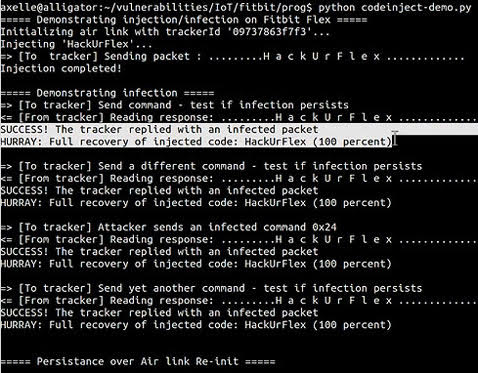

Certain analysts have suggested the data could reveal individual Strava users by name.īut the biggest danger may come from potential adversaries figuring out “patterns of life,” by tracking and even identifying military or intelligence agency personnel as they go about their duties or head home after deployment. Some Strava users appear to work for certain militaries or various intelligence agencies, given that knowledgeable security experts quickly connected the dots between user activity and the known bases or locations of US military or intelligence operations. This past November, the San Francisco-based Strava announced a huge update to its global heat map of user activity that displays 1 billion activities-including running and cycling routes-undertaken by exercise enthusiasts wearing Fitbits or other wearable fitness trackers. A modern equivalent of the World War II era warning that “loose lips sink ships” may be “FFS don’t share your Fitbit data on duty.” Over the weekend, researchers and journalists raised the alarm about how anyone can identify secretive military bases and patrol routes based on public data shared by a “social network for athletes” called Strava.


 0 kommentar(er)
0 kommentar(er)
